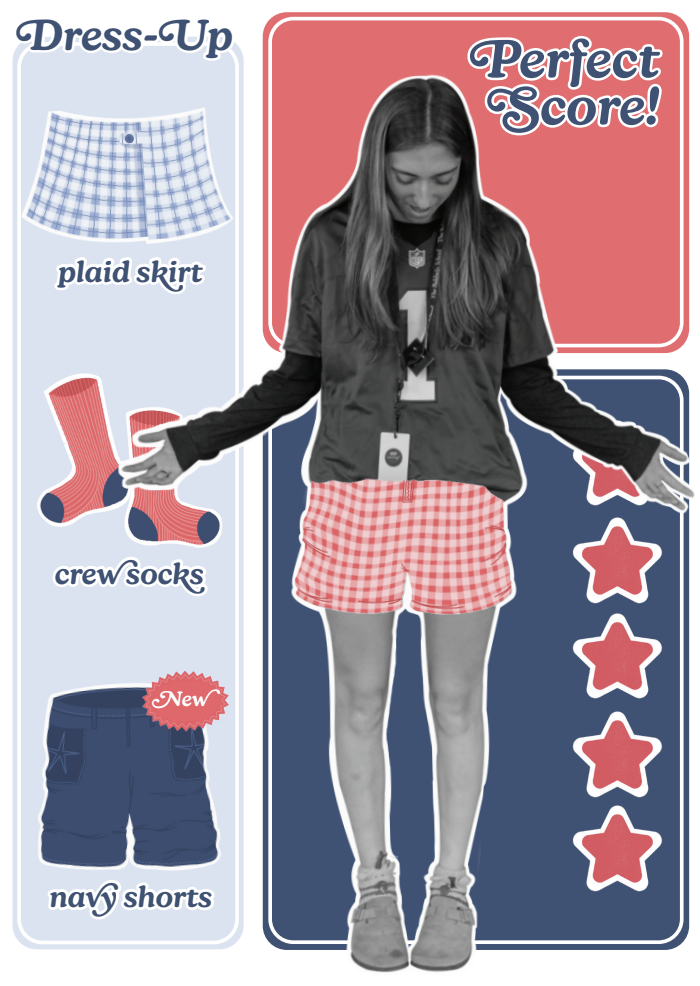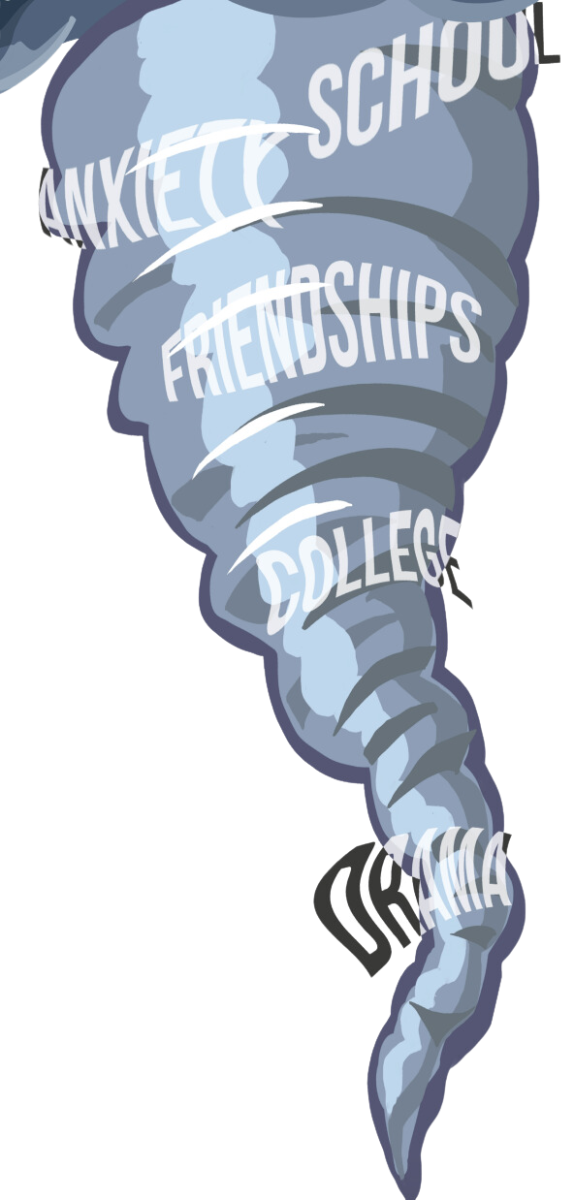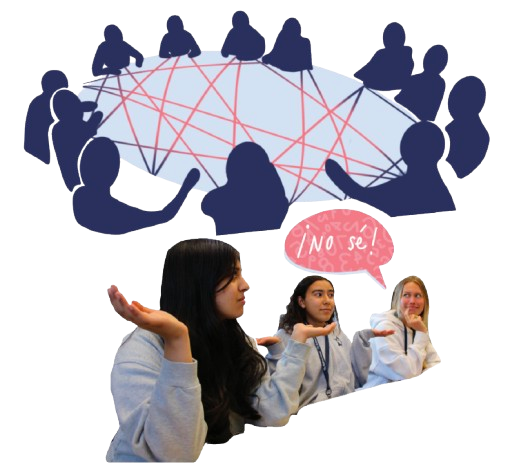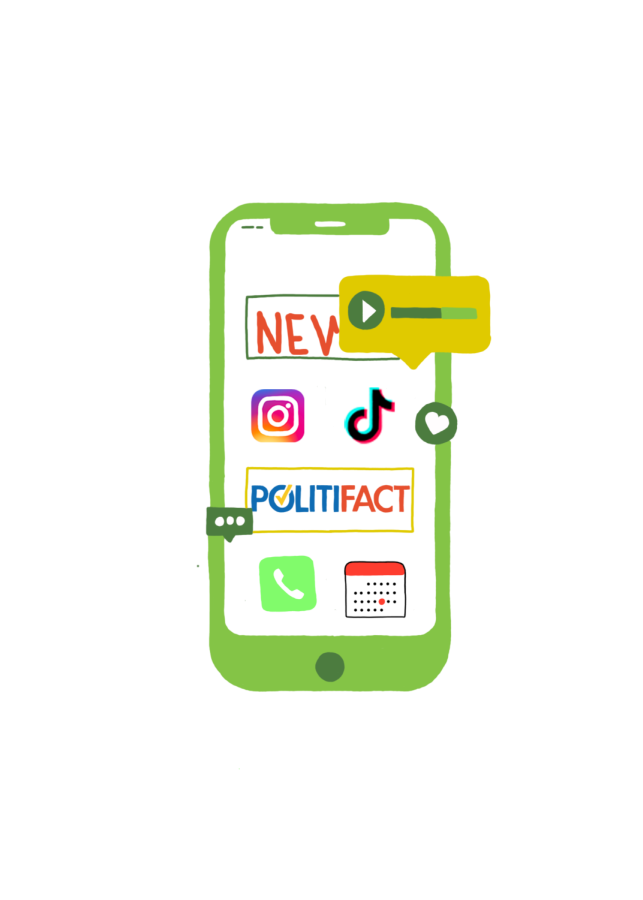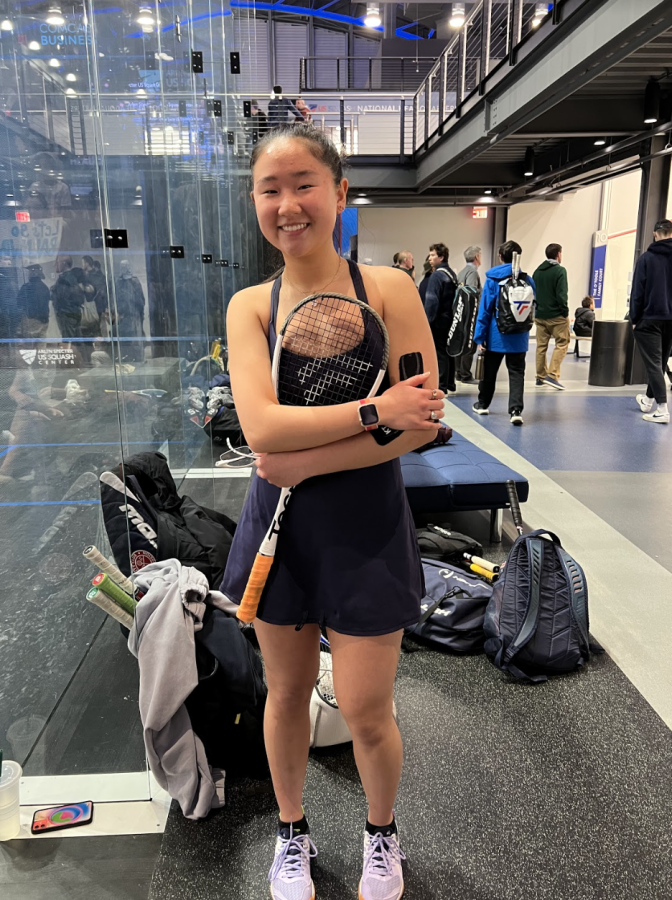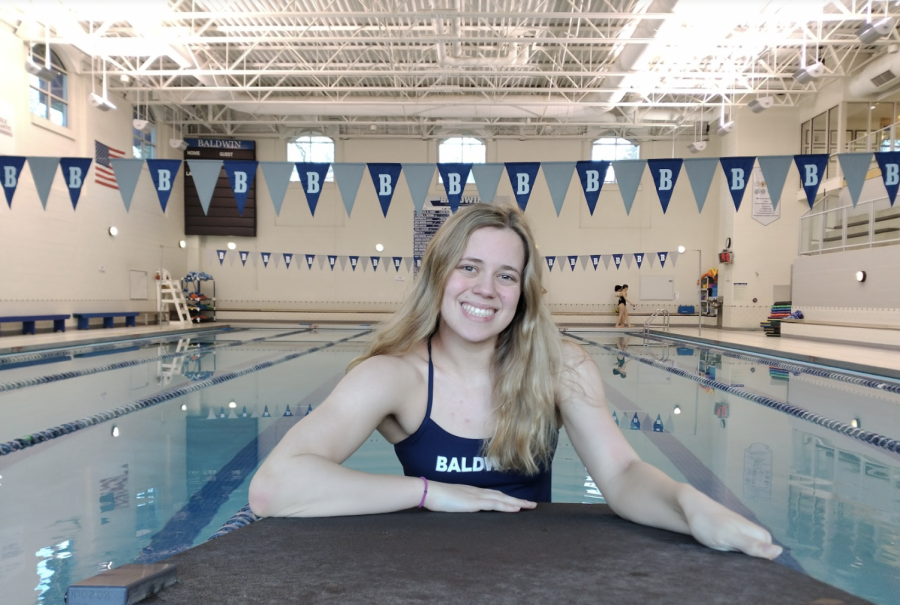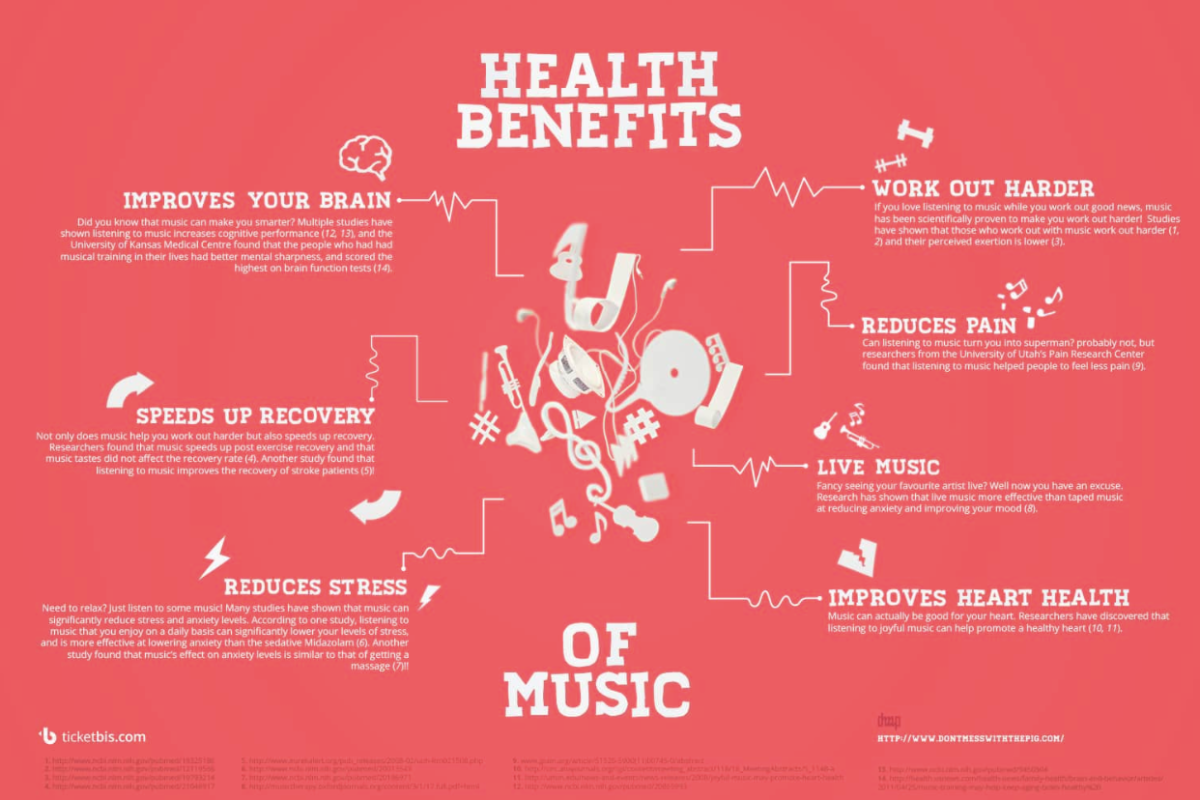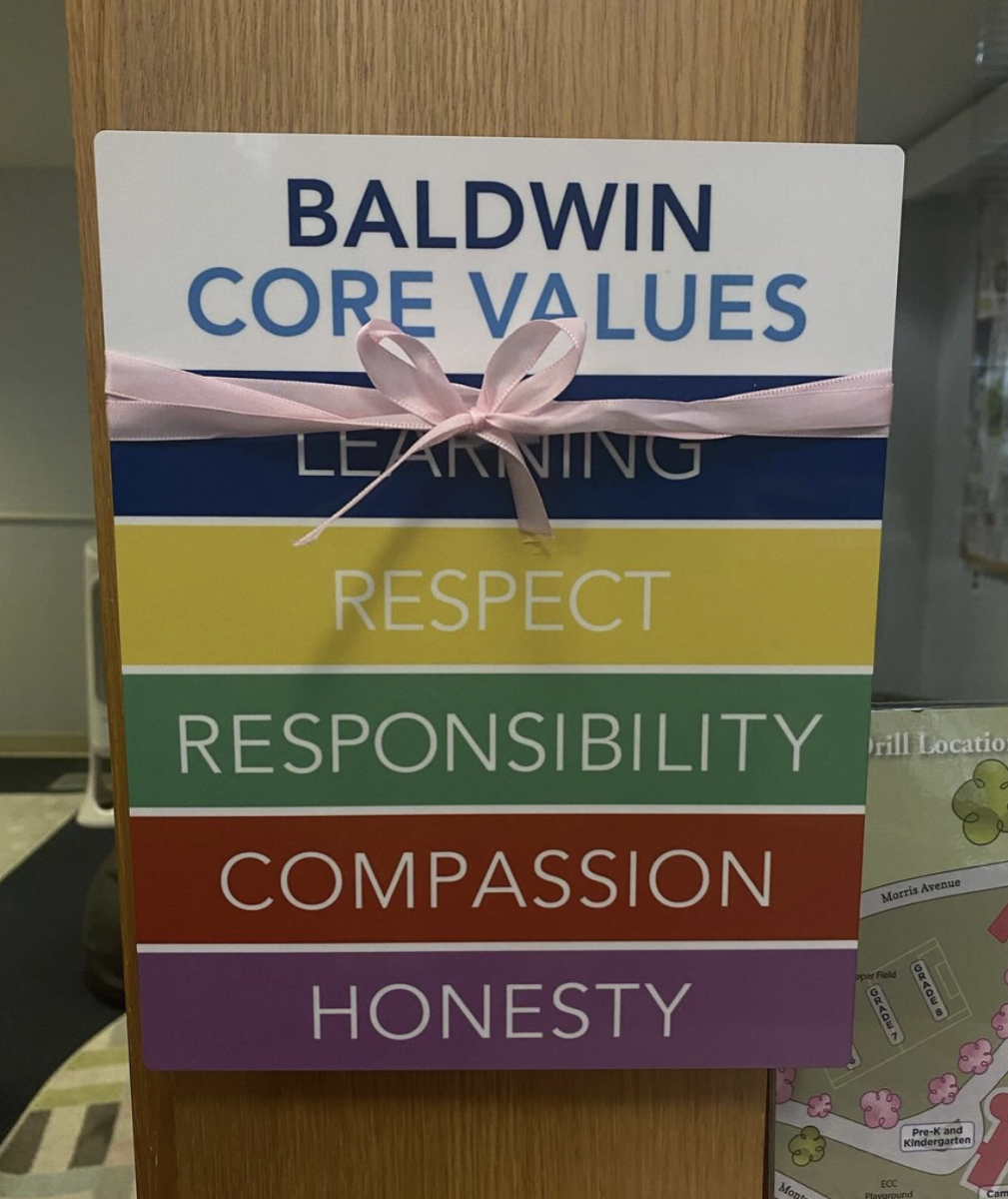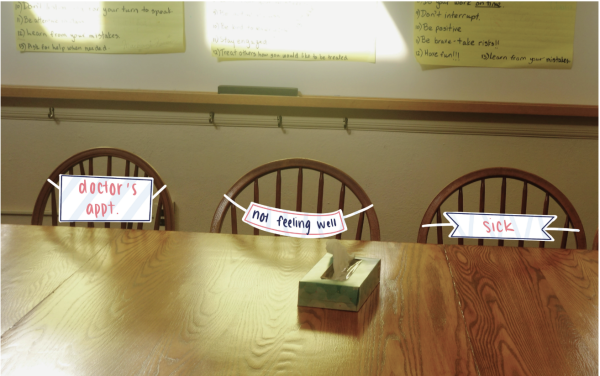Canvas vs. Google Classroom
Why did we switch to Canvas?
Over the past three years, Baldwin has cycled through three different online classroom applications. As a brand new freshman, I learned the ins and outs of Powerschool Learning (PSL). When Baldwin transitioned to Google Classroom in the spring of my freshman year, I had to reteach myself the program that I had used in middle school.
Now, in a year when things are slowly going back to normal, we started using Canvas, a learning management program that is completely new to most of the student body. But were all of these changes necessary?
The original switch from Powerschool Learning to Google Classroom was due to the termination of PSL, along with technological difficulties. In the first days of online classes in 2020, we clicked on the Powerschool link and the website was so overloaded that it simply crashed.
The system overload, in addition to the scrambled layout of PSL, made a change to a simpler application necessary. I could never find where my assignments were, I had to click each individual class to know my homework assignments, and communication when turning in assignments was completely absent.
Bella Gormley ‘23 agreed, and said that “disorganization was the common factor of both our dislikes. We needed a program that explicitly clarified assignments.”
So when Baldwin announced the change to Google Classroom, I was elated. As someone who used Google Classroom in my old middle school, I was already familiar with the terrain. Students who were unfamiliar with Google Classroom enjoyed it for the same reasons I did.
Julie Brose ‘23 loved Google Classroom because it was “organized, neat, and simple, and everything was where it’s supposed to be.”
In essence: Google Classroom was everything Powerschool was not. It was clean, simple, easy to use, organized, and, most importantly, allowed for an easy transition between the virtual and nonvirtual 2020-2021 school year. Students loved Google Classroom – so why make the switch to Canvas?
When Baldwin announced its switch to Canvas, I was confused. We as a school had grown accustomed to Google Classroom and switching platforms again seemed unnecessary. We didn’t need another platform to navigate – Google Classroom was enough.
Baldwin librarian and member of the Canvas support team Ms. Friedman-Way explained the change from the teacher’s end, saying that they required a higher level of classroom organization and an online test-taking tool, both of which Google Classroom did not provide.
Ms. Friedman-Way also stated that the change to Google Classroom was never intended to be permanent. She said, “We knew going into it that Google Classroom was just a temporary tool, and, because we knew this, we had a team of faculty spend about 18 months researching more robust learning management systems.”
Unfortunately, for many students, the transition was not an improvement. If anything, Canvas reminds me of Powerschool Learning. The layouts, the organization, and the modules are all reminiscent of the long-forgotten platform that I disliked so much.
Izzy Thompson ‘23 said she is “not a fan of how incompatible Canvas is with everything. [When submitting assignments], Google Docs, Google Slides, even linking videos just takes so many extra steps.”
These inconveniences are not even the worst parts of Canvas, though. The most unpopular aspect of Canvas is the new ability for parents to view both students’ grades and their assignments. This new addition puts student comfort at risk, creating a space where parents see grades that are not reflective of an overall average.
An anonymous student said, “It’s uncomfortable having [my parents] be able to see absolutely everything I do. I would rather they just get the report card at the end of the quarter, where my work is displayed in a predicted manner.”
The change from PSL to Google Classroom was necessary, but the switch from Google Classroom to Canvas was not. Google Classroom was simple, easy, and organized, whereas Canvas is inefficient, unclear, and overly transparent to parents. Despite the student body’s quick adaptation of Canvas, I believe Google Classroom still reigns supreme among the three programs.




